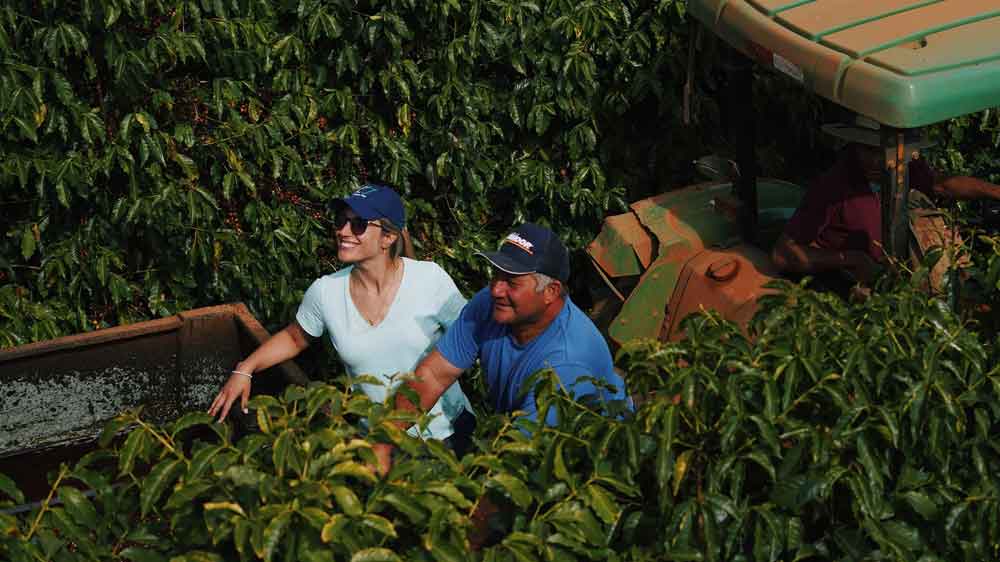
Brazil Origin Trip 2022
Coaltown was invited by Volcafe to visit several farms across Brazil to learn about some of the latest advances in coffee agronomy, and sample some of the finest coffees the country has to offer, but to also see first hand the devastating impacts climatic conditions has had on this, and other coffee growing regions over the last year.
The trip was an amazing opportunity not only to source coffee and build our coffee programme for the year but also to network, explore, see how the locals drink coffee and get inspired; in the world of coffee, we never stop learning.
One of the most important things to us, and one of the reasons we’re Direct Trade, is being able to establish relationships with the people who produce our coffee. When we bring coffee back from its point of origin, it takes on the memory and the feeling of the place, something we try to capture when we craft its roast profile. We want to bring out the coffee’s personality and share it with colleagues and friends; it makes us even more excited to add to our collection of single origins.
Brazilian coffees usually have a delicious nutty, chocolatey flavour that is reliable, smooth and makes for excellent milk-based drinks. They tend to be a favourite amongst our coffee community, and we’ve always got one Brazilian coffee making up a third of our house blend Black Gold. One of the aims of this trip was to find out in what ways the Brazilian coffee trade is innovating, and to find something new and different—we can’t wait to show you what we’ve got in store.
For now, let’s recap Josh’s excursion and find out what he got up to in the five days he spent at origin.

Day 1
After an 11 ½ hour flight, we landed in Brazil at 5:20 a.m. at Guarulhos airport, São Paulo. We met up with our friends from Volcafe and from some other UK coffee roasteries at the Balloon cafe at 6:30 a.m. for coffee and orange juice (courtesy of Steve from Machina) before hopping on the bus to travel the 266 miles to Varginha, Minas Gerais.
We ventured up a dirt track to the beautiful, remote olive oil farm called Fazenda Irarema, where we sampled their different olive oils and ate a buffet-style lunch made up of fresh farm-grown ingredients before driving the final few hours to Class hotel in Varginha. 
We grabbed dinner at a pizza restaurant and then decided, after such a long day, that getting an early night would be a no-brainer.
Day 2
The early night was needed as our alarms went off at 5:45 a.m. After a 6:15 a.m. breakfast of fresh fruit and a cafezinho, we were on the road at 7 a.m. heading to the first farm of the day; Fazendas Grupo SAAG, made up of the Portreiros, Moendas and Ribeirão farms. The 1000-hectare farm employs 139 full-time staff, over half of whom live on the farm.
As we learned, farms don’t start out this large; this fazenda's owner was an engineer who wanted to get into coffee in the 1970s and ended up expanding the estate throughout the years. He passed away over 11 years ago and is survived by his wife, who still plays volleyball at 92 years old. Their daughter, Sylvia, is taking over the management of the farm, continuing the family legacy.
The farm produces mostly commercial-grade coffee, but they’re wanting to take it to the next level. They’re progressive farmers and have installed solar panels, which offset the majority of the electricity used on the farm.

Grupo SAAG took us for lunch at a traditional Brazilian diner where the food didn’t stop coming; fresh juice, salad, rice, polenta, meat, stew, steak, pork scratchings; the food was delicious, and we all felt bad we couldn’t finish it.
After lunch, we moved on to Fazenda Cachoeira, which means ‘waterfall’, which is run by a mechanical engineer father and his two sons, one of whom is also a mechanical engineer and the other an agronomist. This farm was a vast 800 hectares in size and was badly affected by frost last year; around 75% of the crop was affected, taking its average yearly bag production from 30,000 to 10,000x.
Cachoeira is a net zero farm, split into five sections. Four of the sections are planted with coffee trees and the other one is left as a natural rainforest so as to not impact the landscape too much. The farm is very cleverly mechanised with automation and wifi technology to help them control processes like drying remotely and to help them better understand temperature and other variables. The farm had a much smaller team than other farms we visited, and they were very keen on adopting new technologies and pushing boundaries. For example, they built their own water-capturing reservoir which has meant they have been able to supply their own water, and their onsite water treatment centre has meant they no longer have to buy chemicals to filter but rather they ferment sugar and use this as a filter. They’re also a VCS Verified Carbon Unit (VCU).
Cachoeira hosted us for a wonderful traditional Brazilian Barbecue and even brought out some homemade Cachaça, which was so delicious we drank it on its own. The hospitality was amazing and we really felt like we were part of the family.

Day 3
On the third day, we checked out of our hotel and got straight in the van to go to the Volcafe Mill. The mill can hold around 180,000 bags at once and processes around 500,000 bags of coffee a year. In the mill, they have a lab where they receive and cup samples, and the space is cleverly designed to facilitate this.
Next, we moved on to the first farm of the day; Fazenda de Salto. We’ve bought from Salto in the past and absolutely love their coffee, so it was amazing to see the farm and put some faces to names. Salto is 900 hectares large and produces around 30,000 bags of coffee per year, though last year saw only 18,000 bags produced.
Otavio Gaines, the son of the original owner of the farm, showed us around; he runs the day-to-day farming operations so had a lot of expertise and insight for us. He told us that the farm is working towards carbon neutrality and that they have developed a drying technique that he believes to be unique to Salto, using sieves to let air through but no coffee out, and pumping recycled hot air through to dry the coffee statically.
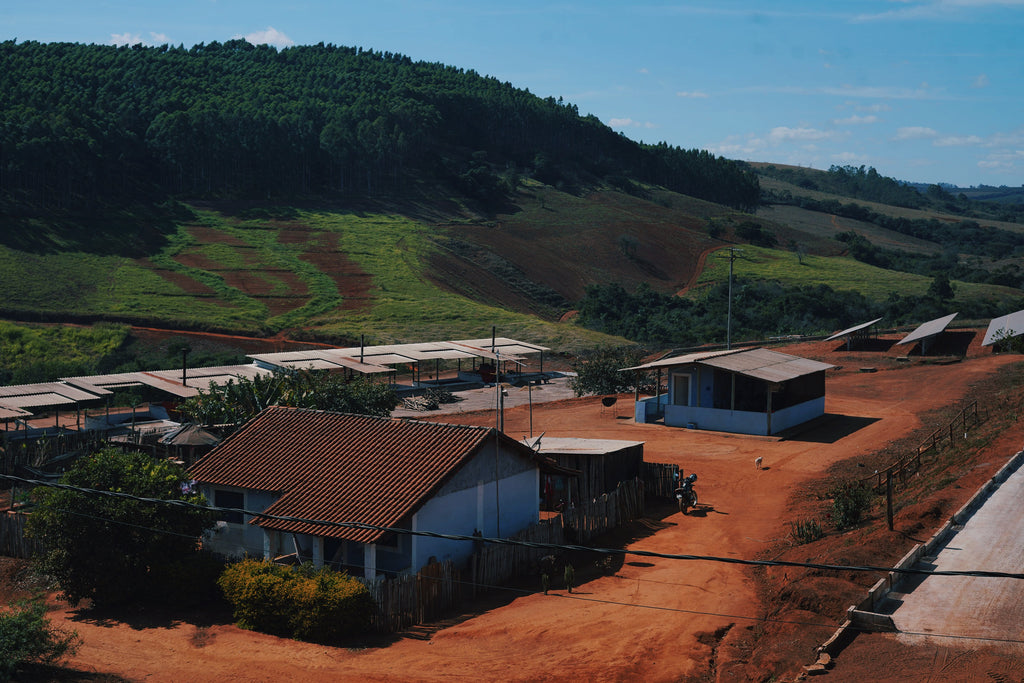
He also told us about the farm’s plans to utilise the under-grade coffee that floats during the sorting process, as he believes that he can achieve the same flavour as the higher quality cherries using the static fermentation method.
The farm had won lots of awards not only for its coffee production but also for breeding horses, and has been in the family for 50 years—though the family have been farming coffee for over 100 years.
We cupped 8 coffee samples and then had lunch on the farm, where we got to see their amazing brick oven in action and had some delicious food including a plant that tasted just like fish. After lunch, they made us all a coffee and then let me have a go at driving one of the coffee pickers, which was so much fun.
We then set off on the 300-mile journey to Cerrado and ended up arriving around 1 a.m. At this point, we couldn’t find food anywhere, so we all had to settle for a beer from the hotel fridge before going to sleep.
Day 4
We set off for our first farm of the day, São Judas Tadeu, which was one of 8 farms forming the Groupo Povezan Zanetono. Here, we saw the central processing station and mill for the farms and were shown the different red and yellow varieties of coffee.
We learned that the farm was initially based in São Paulo but, due to climate, it wasn’t performing, so they moved the entire operations to Cerrado in the 1990s. Recently they had to reduce the size of their planting area and plant grain where coffee was as they needed a cash crop to supplement their losses due to climatic conditions such as high temperatures and frost.

We then headed to Fazenda Pantano, stopping for a quick lunch at the services which was a wholesome all-you-can-eat soul food type of affair for very cheap.
We were excited to go to Pantano, as, when we launched Black Gold, they were one of the first farms we bought from to make up the blend. Pantano is the largest of the farms we visited at 1,150 hectares. The owner of the processing station, Wagner Cricelenti Ferrero, told us how the family, who are of Italian descent, have been in Brazil since 1989. The legacy of their family and coffee is incredibly important to them, and their daughter, who is a journalist by trade, joined the operations in May 2022 to help carry this on.
From the beginning, sustainable agriculture has been a priority, and they even won an award from Globo Rural, Brazil’s most prestigious agricultural magazine, for sustainable farming practices based on food safety, environment and social factors. One of the ways in which the farm is sustainable is that they produce their own fertiliser, and plan to be completely chemical-free 2 years from now. They’re also working towards becoming completely organic alongside 7 other certifications that will take around 5 – 10 years to achieve, but once they can figure out how to balance that benefit vs their yield, they know it will be worth it and they’ll be ahead of everyone else in the market. 
Fazenda Pantano had a lot of raised beds for their coffee, which is uncommon to see in Brazil along with the sort of washing tanks you would expect to see in Colombia. The farm usually produces around 60,000 bags per year, and most of their lots are focussed on high quality. They haven’t been affected climatically over the last two years.
After cupping the coffee at Pantano, we tried to get back on the road but had a bit of a disaster as we ended up getting lost on the way. Then, we had to get out to push the van as it had stopped. What an adventure!
Once we got to Patrocínio, we went out for a traditional Brazilian meal and enjoyed some caipirinhas and some churrasco before heading to sleep at the Guines hotel.
Day 5
We began our final day by heading to Fazenda Cantanduva, which was run by a Japanese lady who has implemented the same ‘LEAN’ manufacturing method we’re currently implementing at Coaltown HQ; all about mistake-proofing, or poka-yoke.
At 200 hectares, this was the smallest farm we visited and had one of the best coffees we tasted on the trip. We were lucky enough to see them milling the coffee in front of us, taking it out of the parchment and getting it ready for us to take some samples with us, which we’ll be cupping soon back at the roastery. 
We had another traditional Brazilian lunch at the roadside services before going to Nunes estate, which was a beautiful farm kitted out with the latest technology. Here, they were really focussed on producing the highest quality coffee and were Cup of Excellence winners. We were especially impressed by their lab and, of course, the view! Here, we cupped some of the best Brazilian coffees I’ve ever tried.
We then flew to Santos to visit the coffee museum and see the port where coffee is exported to us in the UK. It was great to see all of the containers and be able to view part of the journey that coffee takes to get to us, and we even got to go on a boat ride to see them up close. The freight ships were massive, some of them 300m long. 
Next, we visited Volcafe’s Santos office, where they manage farms across the whole country and facilitate export. When we arrived they’d hand-drawn all of our company logos onto their office windows, which was such a lovely greeting. They then prepared a cupping using samples from all of the farms we had visited, and we all tried them and jotted down our own taste notes and cupping scores. 
We finished the day on the rooftop in Club 22 overlooking the Port of Santos to enjoy some traditional Brazilian food and drinks. What a way to end the trip! At 4 p.m. we began our 2-hour drive back to São Paulo for our 23:50 flight.
We had an absolutely amazing time in Brazil and learned so much about the industry here.
Despite the sheer average farm size in Brazil, with some we visited topping 1,150 hectares, we were amazed at how progressive these farms were in their development and adoption of the latest advancements in agronomy, some running their own independent mills. However, the size of the farms didn’t stop us from feeling like we were part of the family when we visited them.
Thanks so much to Volcafe for inviting us out, with a special mention to Marcelo, Gabriel, Fran and Joanna for showing us around. And to all of our readers—keep an eye out for exciting coffees coming this year!
Team Coaltown x


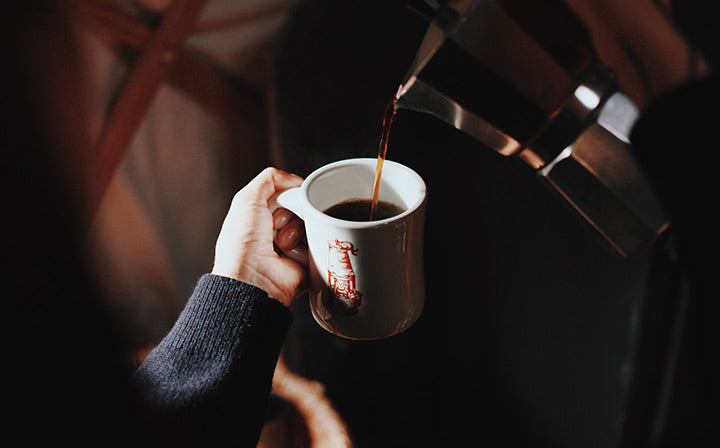
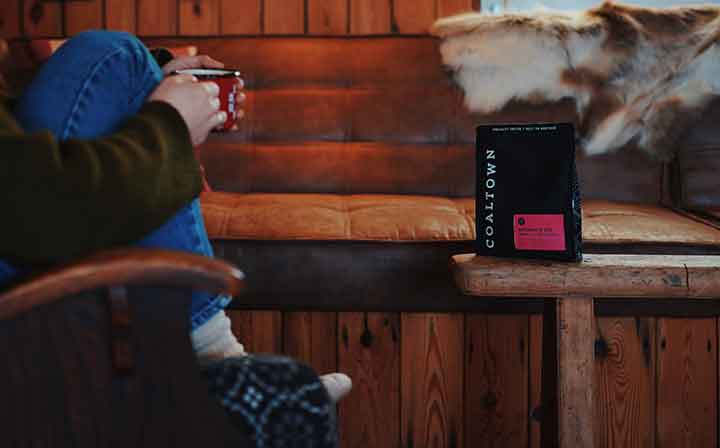
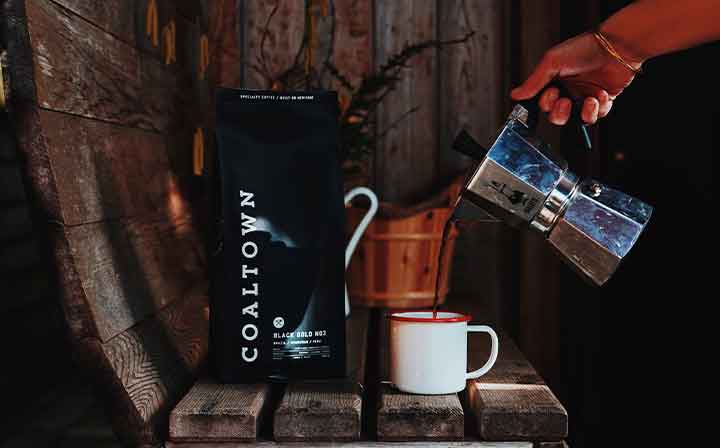
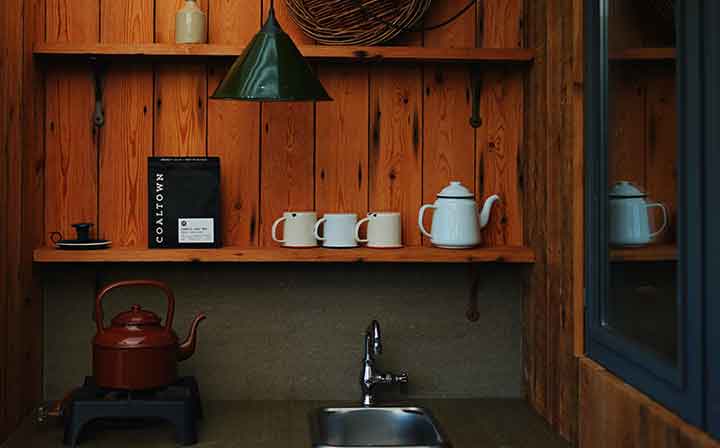
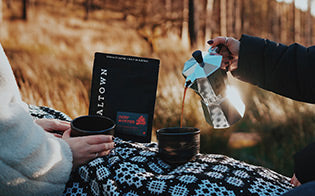

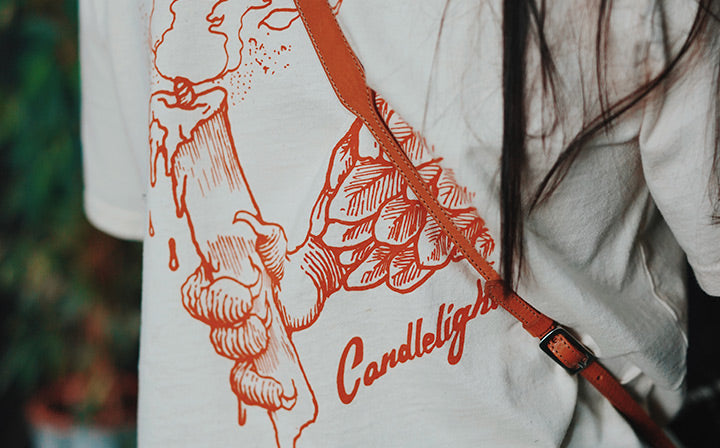
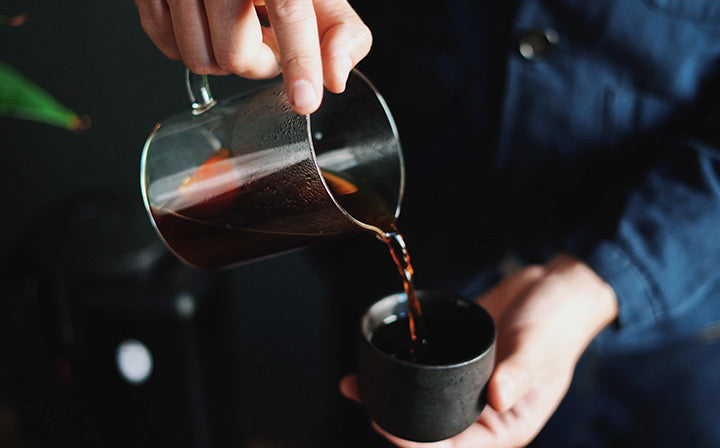
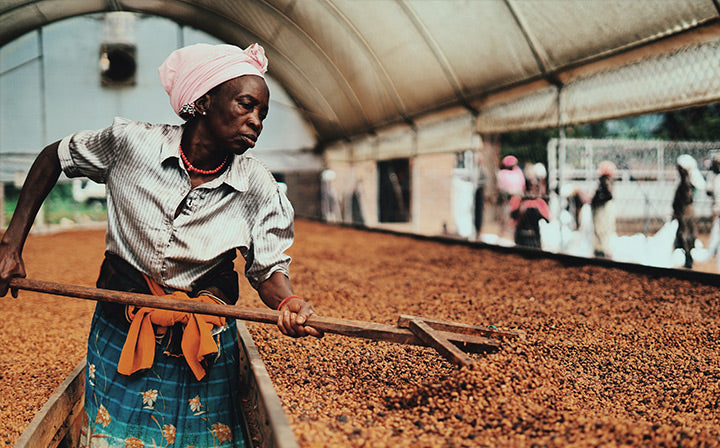
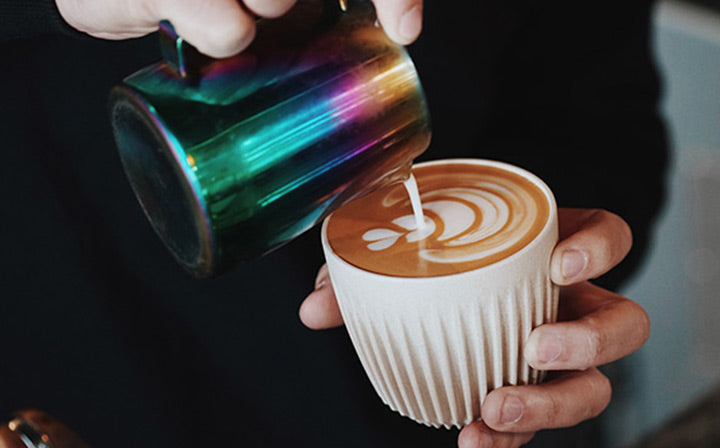
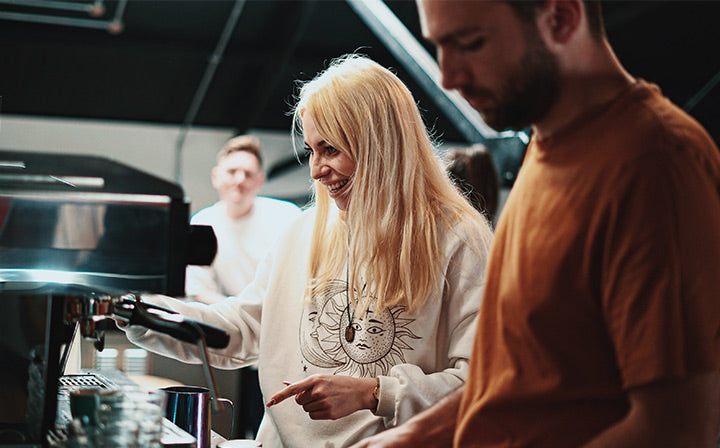
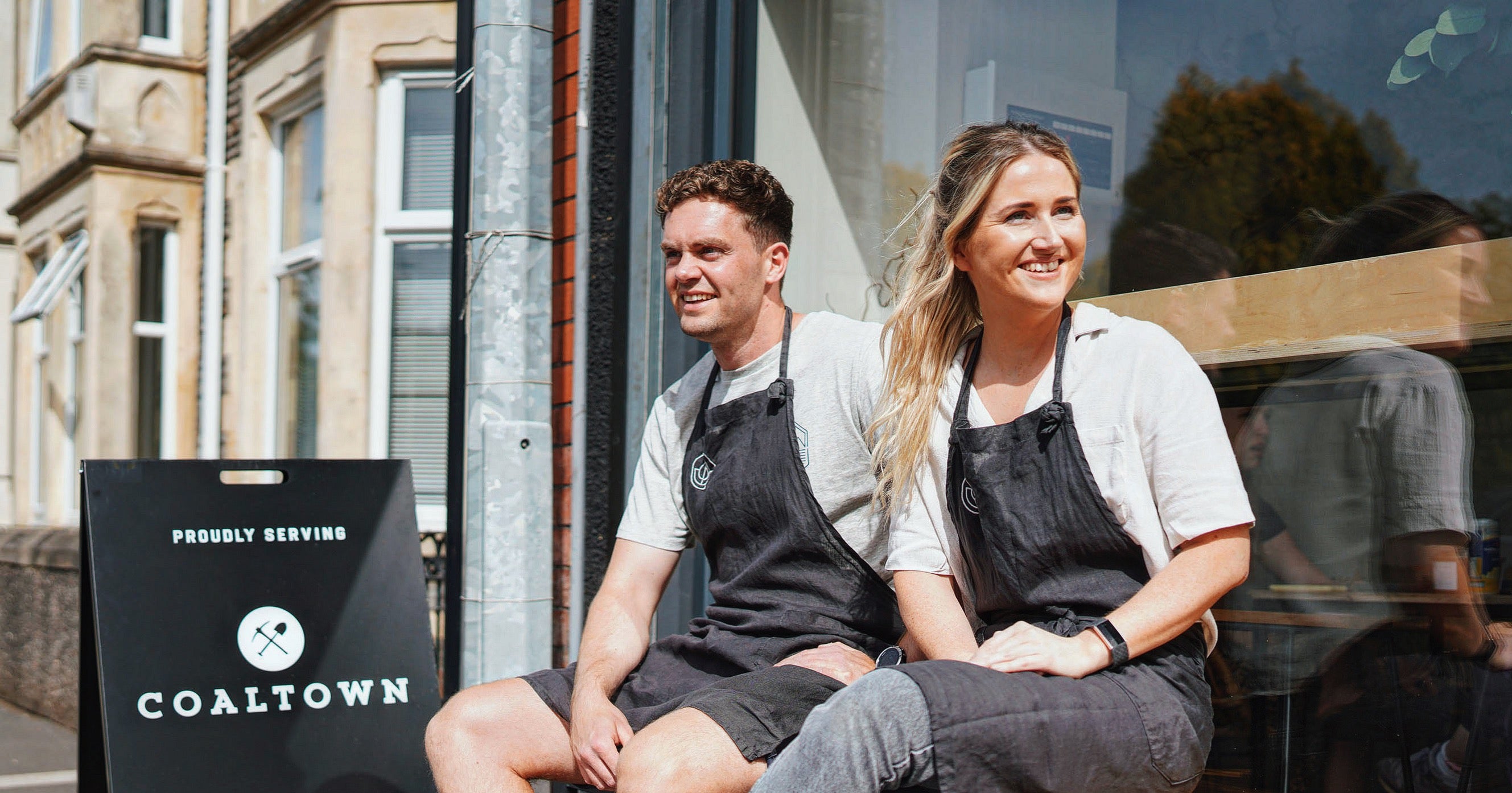
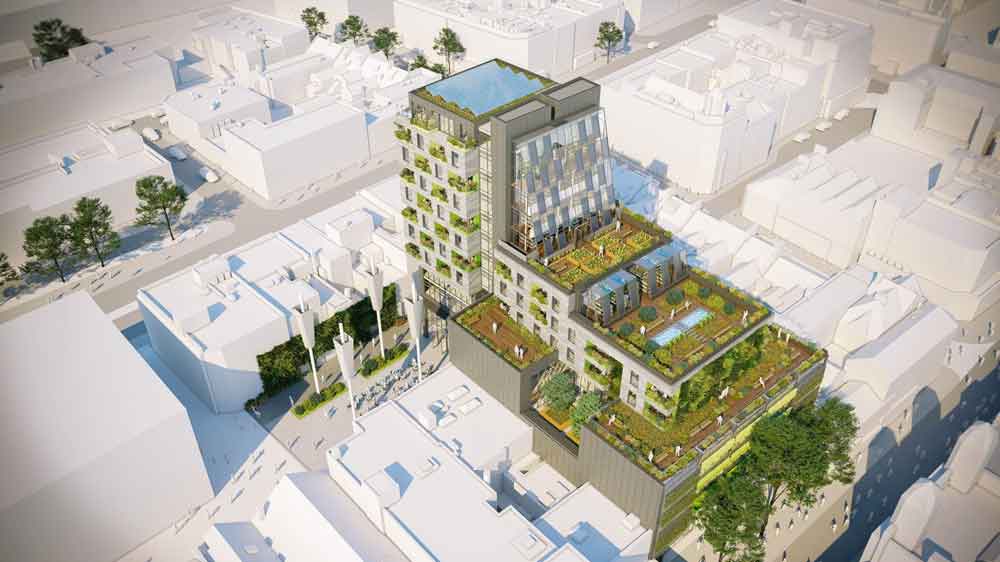

Leave a comment
This site is protected by hCaptcha and the hCaptcha Privacy Policy and Terms of Service apply.